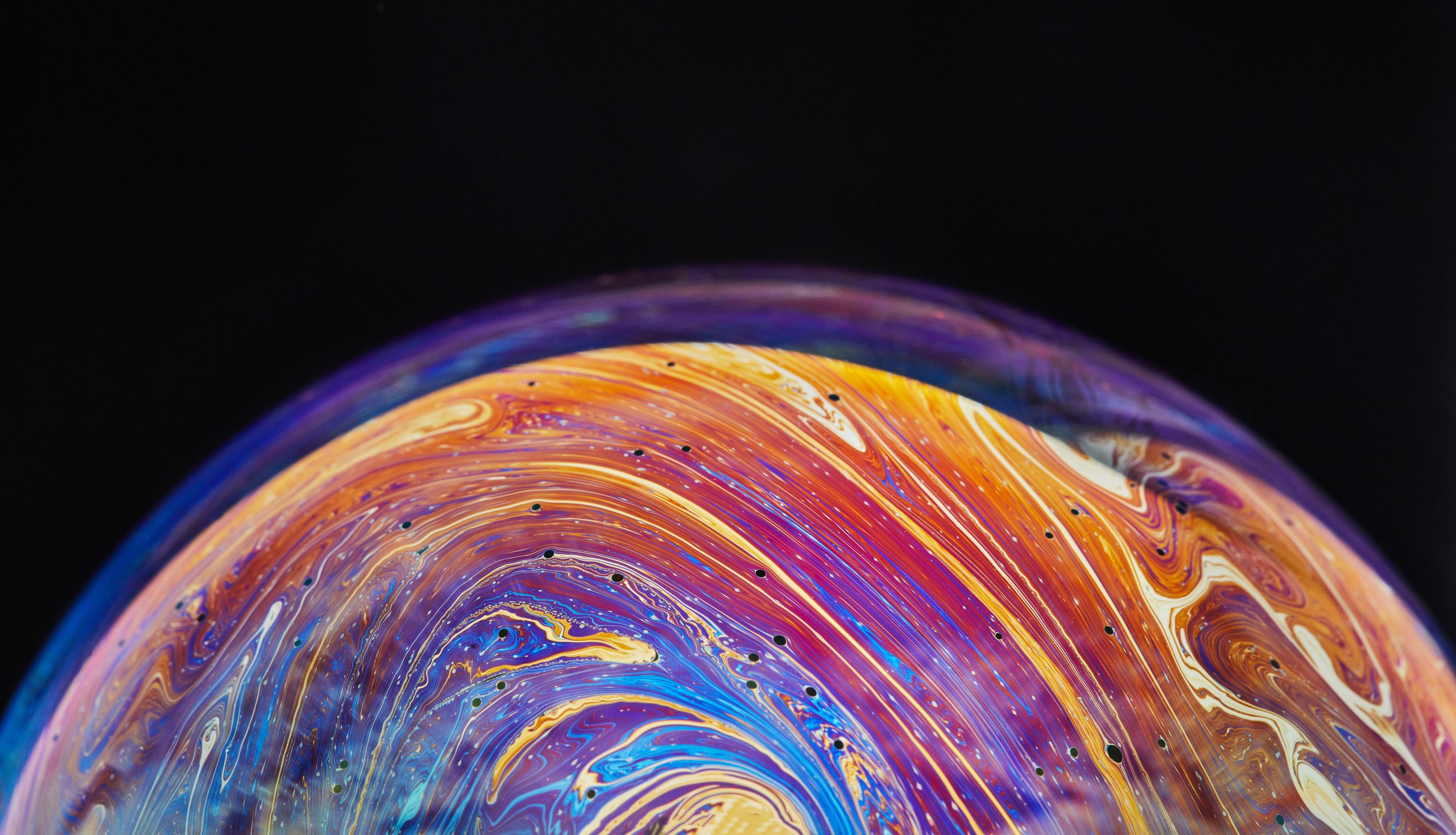Jupiter is the fifth planet from the Sun and the largest planet in the Solar System. It is a gas giant with a mass about two and a half times that of all the other planets in the Solar System combined. Jupiter is composed primarily of hydrogen and helium, with smaller amounts of water, methane, ammonia, and other volatiles. It has a reddish-orange appearance due to the presence of ammonium hydrosulfide in its atmosphere.
Jupiter has a diameter of about 142,984 kilometers (88,846 miles), making it about 11 times larger than Earth. It has a thick atmosphere consisting mostly of hydrogen and helium, with clouds of ammonia and water vapor. It has a strong magnetic field and is surrounded by a system of rings and numerous moons.
One of the most interesting features of Jupiter is the Great Red Spot, a giant storm that has been raging for hundreds of years. It is a high-pressure region about twice the size of Earth that appears as a reddish-orange oval in the planet’s atmosphere. The Great Red Spot is thought to be a giant hurricane-like storm, with winds reaching speeds of up to 400 kilometers per hour (250 mph).
Jupiter is also known for its moons, including the four largest moons known as the Galilean moons. These moons, named after their discoverer Galileo Galilei, are Io, Europa, Ganymede, and Callisto. Each of these moons has its own unique features, such as volcanoes on Io and a frozen, water-covered surface on Europa.
Europa is the smallest of the four Galilean moons of Jupiter and the sixth closest moon to the planet. It is one of the brightest objects in the sky, and is thought to be the most likely place in the Solar System, other than Earth, to have liquid water.
Europa is about 3,122 kilometers (1,938 miles) in diameter, making it the sixth largest moon in the Solar System. It is composed mostly of water ice, with a surface that is mostly smooth and free of impact craters. This suggests that the surface is relatively young, and that the moon has undergone some form of resurfacing process.
One of the most interesting features of Europa is the presence of a vast ocean beneath its icy surface. This ocean is thought to be several kilometers deep and to contain more water than all the water on Earth. The ocean is believed to be kept liquid by tidal forces caused by Jupiter’s gravitational pull, which generate heat in the moon’s interior.
Europa is also thought to have a subsurface layer of saltwater, which may have been produced by the interaction of water and rock. This layer could potentially provide the necessary chemical nutrients for life to exist.
Scientists are eager to study Europa in more detail, as it may hold clues about the potential for life to exist beyond Earth. In the future, it is hoped that spacecraft will be able to land on Europa and search for signs of life in its subsurface ocean.
Jupiter is a fascinating planet with many interesting features, and scientists continue to study it in order to learn more about its composition, atmosphere, and moons.




